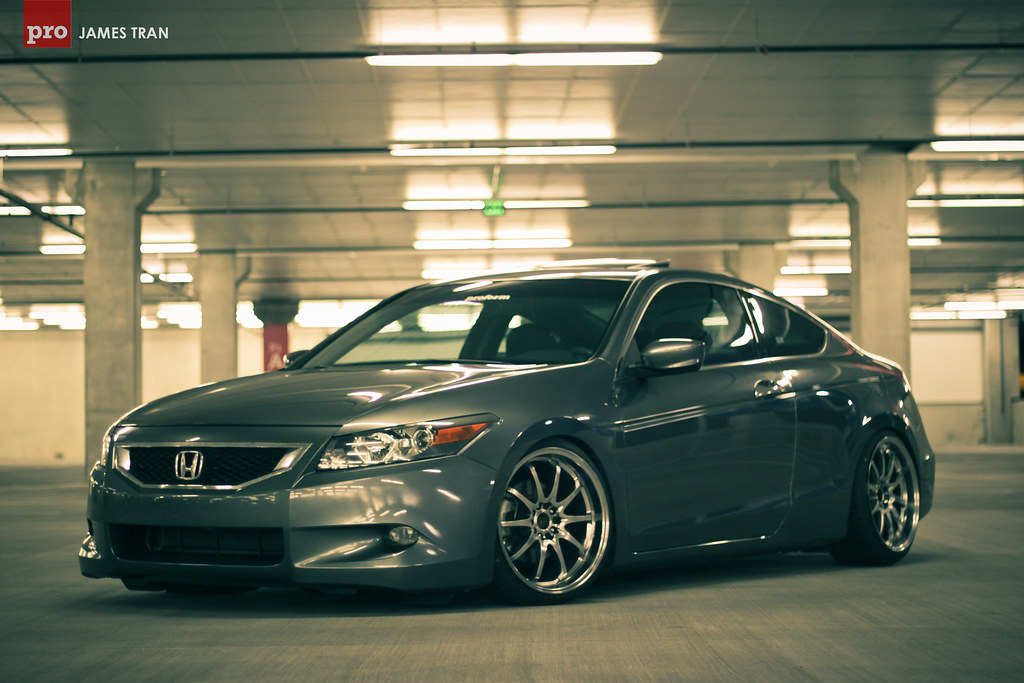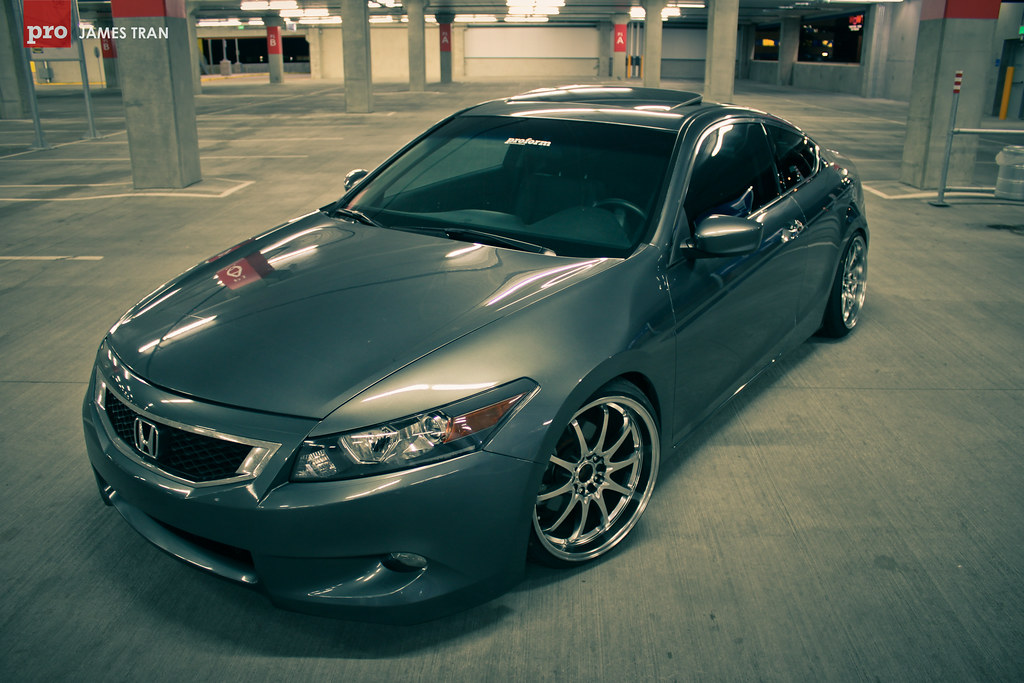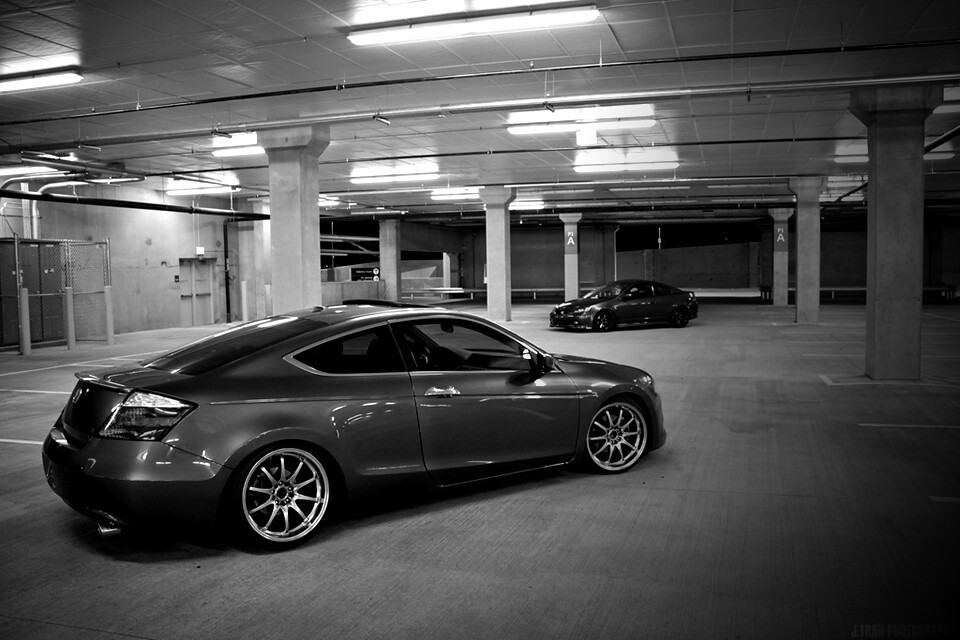|
While I briefly discussed the origins of the hellaflush movement in my feature, I wanted to take a moment and use our latest Proform build -- Tony's 2008 Honda Accord EX-L -- to further discuss (and perhaps clarify) what exactly the stance movement is and, more importantly, where it comes from (stay tuned for full feature on Tony's Accord).
During the 1960's, Japan underwent an incredible progression in its auto-industry -- like the United States, Japan began producing cars that were, perhaps for the first time in history, "muscular" in nature with bulging fenders and wide front fascias heaving air to a powerful rear-wheel-drive biased engine. My two favorite cars were birthed out of this era: the Nissan "Hakosuka" Skyline GT-R coupe (1969 model) and, oddly enough, the 1966 to 1969 Chevrolet Camaro hardtop. While America's tuning industry took advantage of their muscle-car design by upgrading the motor and adding enormous, wide-track tires for the strip, a niche in Japan's tuning industry took an entirely different route: called "shakotan," many Japanese auto enthusiasts lowered their muscular designed cars virtually to the pavement and added wide track wheels -- and, unlike the American trends, this was not for functionality or performance; instead, it was designed to be almost sub-cultural and a symbol of developing the "underground" street tuning community.
Some years following, "shakotan" evolved from a sub-culture to an actual trend and movement in Japan, motivating enthusiasts to pursue other directions of automotive tuning that did not centralize around functionality and, instead, were deeply rooted in something far more cultural and almost creatively artistic. The "shakotan" philosophy of virtually unfunctionally low ride height and wide-track was eventually adopted in the 1980's by various drifters who upon discovering the potentials in 50/50 weight distribution began experimenting with offset and wheel width.
While these concepts were far from new in consideration of circuit racers, it's important to note that the experiments with offset were beginning to become unfunctional -- in many ways, epitomizing what the drift scene was all about: form over function. Interestingly enough, the introduction of drifting actually aroused as much "hating" as the hellaflush trend is causing today as circuit enthusiasts could not believe the amount of tire (and lap time) that was being put to waste -- even Keiichi Tsuchiya, who arguably modernized drifting, claimed he originally popularized the technique as a way of preventing the crowd from falling into boredom as a result of the immense leads he'd gain during circuit races.
Today, the idea of unfunctional, fender-destroying, oil-pan cracking, and tire wearing fitment has extended out from the world of shakotan and drift and into the realms of import, domestic, and Euro-tuning -- and all for the purpose of something more than speed or lap times but for culture and art: aggressive stance is clearly, as many haters try reminding hellaflush enthusiasts, often a means for less functionality; however, what many do not understand is that it is almost a way of living and expressing this way of living in a medium that is not as conventional as a canvas or wall. Establishing aggressive stance or hellaflush fitment is a stroke of a brush, a color in a palette, a note on a score -- what we at Proform feature isn't just a car, but an expression of an individual and a development of a community, unified by stance but illustrated by culture.





|





1 comment
great write up on the movement!
Post a Comment